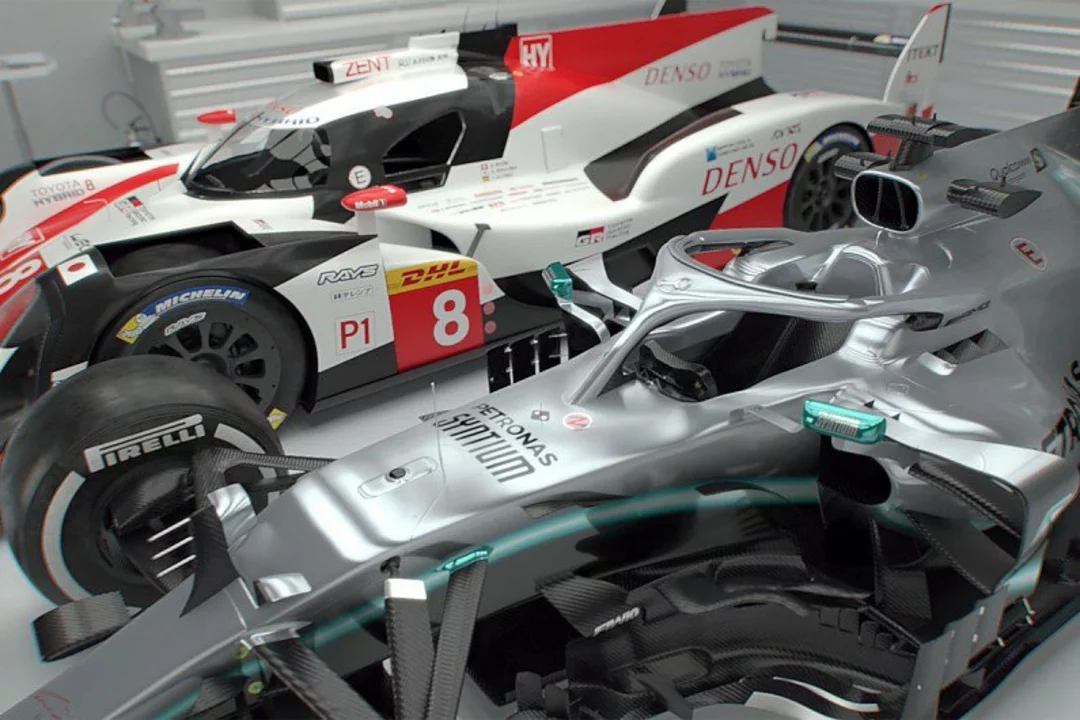Speed Comparison: Formula 1, NASCAR and IndyCar – Which One Wins?
Ever watched a race and wondered why the F1 cars look like rockets while the NASCAR trucks seem slower? You’re not alone. In this guide we break down the real‑world numbers that decide who’s the quickest on the track.
Top speeds on the straightaways
First off, let’s talk raw top speed. A modern Formula 1 car can hit around 230 mph on a long straight, thanks to its ultra‑light chassis and massive aerodynamic downforce that keeps it glued to the road. NASCAR stock cars sit a bit lower, topping out near 200 mph. Their big, boxy bodies create more drag, so they can’t slice through the air as cleanly.
IndyCars sit in the middle, reaching about 235 mph on superspeedways like Indianapolis. Their open‑wheel design gives them a flatter profile than NASCAR, but they’re heavier than F1 cars, which is why their top speed is only a few miles per hour higher than an F1 machine.
Acceleration – Who gets up to speed the fastest?
Speed isn’t just about the highest number on the gauge. 0‑to‑60 mph is where the real excitement lives. Formula 1 dominates here, sprinting from 0 to 60 in under 2.5 seconds. That’s quicker than most sports cars you’ll see on the road. NASCAR needs roughly 4 seconds, while IndyCar lands somewhere around 3 seconds depending on the gear ratios.
Why the difference? F1 engines are purpose‑built 1.6‑litre V6 hybrids that rev up to 15,000 rpm. Their power‑to‑weight ratio is insane. NASCAR uses larger V8s that produce a lot of torque but weigh a ton more, and IndyCar sits between the two with a 2.2‑litre V6 that’s powerful but not as lightweight as an F1 car.
If you care about how quickly a car can shoot out of a corner, F1 is the clear winner. The combination of high revs, quick gear shifts and sophisticated traction control means drivers can get the car moving at a blistering pace the moment they hit the green light.
So, does higher top speed always beat faster acceleration? Not really. On a twisty circuit with lots of corners, acceleration and handling trump outright speed. That’s why F1 often dominates on tracks like Monaco, while NASCAR shines on oval tracks where maintaining high speed is key.
Bottom line: Formula 1 leads in both top speed and acceleration, IndyCar is a close runner‑up on pure straight‑line runs, and NASCAR lags a bit but makes up for it with endurance and sheer power.
Whether you’re a gearhead looking to pick a favorite or just curious about the numbers, knowing these specs helps you appreciate why each series feels so different on the track.

Is an LMP1 car faster than an IndyCar?
May 5, 2023, Posted by Maverick Leclair
I recently delved into the ongoing debate on whether an LMP1 car is faster than an IndyCar. After some research, I discovered that LMP1 cars are designed for endurance racing, making them fast, but their main focus is on reliability and fuel efficiency. On the other hand, IndyCars are built for speed and quick maneuvers on various track types. While LMP1 cars may have a higher top speed, IndyCars usually perform better in terms of acceleration and cornering. In conclusion, it's difficult to declare a clear winner, as both cars excel in their respective racing formats.
MORE